When It Comes to Software Requirements, We Literally Wrote the Book... um, Books
Our secret sauce is the unique Product Management approach we bring to 100% of our projects. We’ve published three books on product management techniques and contributed to three of the most respected industry guides. When it comes to software requirements books, we love sharing what we’ve learned!
Software Requirements Essentials: Core Practices for Successful Business Analysis
Busy business analysts, product managers, product owners, and requirements engineers might not have the time to read a hefty, full-spectrum book on software requirements. But they’ll have time to read Software Requirements Essentials: Core Practices for Successful Business Analysis. This concise and highly readable book describes 20 practices every software team should consider performing. These key practices help project and product teams understand the business problem, engage the right participants, articulate effective solutions, communicate information effectively among stakeholders, implement the right functionality in the right sequence, and adapt to the inevitable requirements change and growth.
Co-authors Karl Wiegers and Candase Hokanson bring a wealth of experience and insights about how to elicit, analyze, specify, validate, and manage requirements on both traditional and agile projects. Software Requirements Essentials distills the vast body of requirements and business analysis knowledge into a focused, practical book that can enhance any team member’s effectiveness. Think of it as the TL;DR or CliffsNotes version of all those big, intimidating books on requirements.
This Book is Now Available!
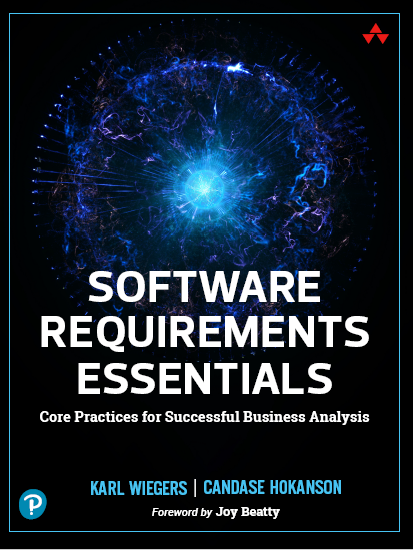
View the Latest Walkthrough with Karl and Candase!
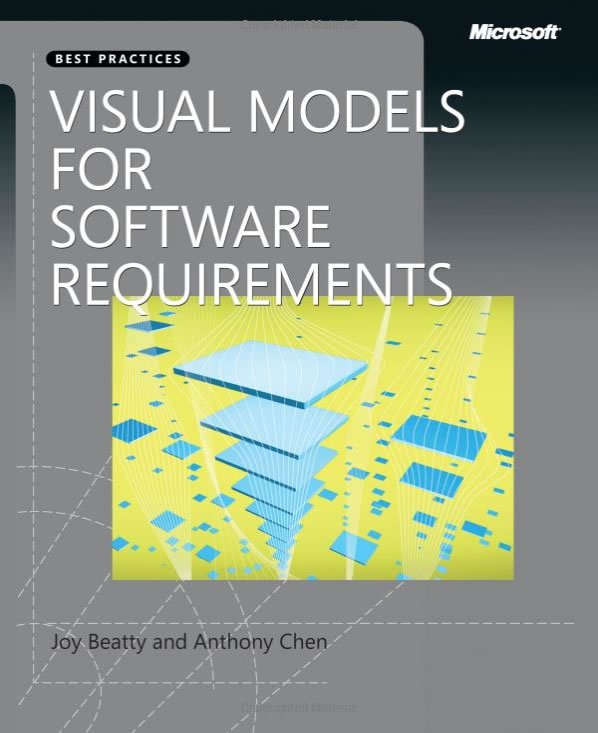
Visual Models for Software Requirements
Visual Models for Software Requirements, co-authored by Joy Beatty and Anthony Chen, is a practical guide to transforming your software requirements practice using visual modeling methodology. As consultants, we worked for years to create and refine a set of tools and techniques that helped us provide a robust framework for product design and business analysis for our clients. We knew from experience the old “talk to lots of people and write it all down” business analysis method just wasn’t enough to ensure that projects delivered the expected value. Visual modeling is the foundation for a strong product design process that is adaptable to any organization or software development framework.
This book, covering everything from an overview of visual models to Requirements Modeling Language (RML®) categorization and uses, is straightforward to read and easy to apply. Visual Models for Software Requirements combines standard requirements models with entirely new models created by Joy and Anthony during their work on client projects, for a complete package that business analysts and product designers can immediately put to use on their projects.
Software Requirements, Third Edition
Software Requirements 3rd Edition, by Karl Wiegers and Joy Beatty, is a fully updated version of the best-selling, award-winning book whose previous editions were published in 1999 and 2003. Covering the full scope of software requirements development and requirements management, this is a best practices guide that will help business analysts elicit, analyze, document, validate, and manage software requirements on any project.
The 3rd edition includes how to apply business requirements practices to any product development life-cycle, with an emphasis on agile processes. New chapters are included on specifying data requirements, writing high-quality functional requirements, and effective requirements reuse. Considerable depth has been added on business requirements, elicitation techniques, and nonfunctional requirements.
Whether you are new to the business analyst/product manager role, a seasoned professional, or the leader of business analysis teams, this book has something for you.
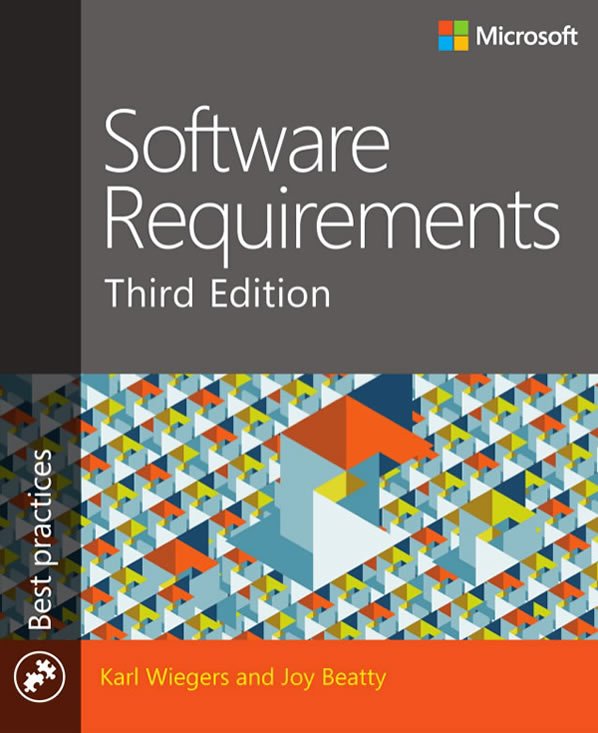
Additional Business Analysis Books
Aside from the above requirements resources, Joy Beatty co-authored these industry standards and guides for Business Analysis in collaboration with IIBA and PMI. If you haven’t yet explored the resources for Business Analysts offered by these organizations, be sure to check out these incredible books.
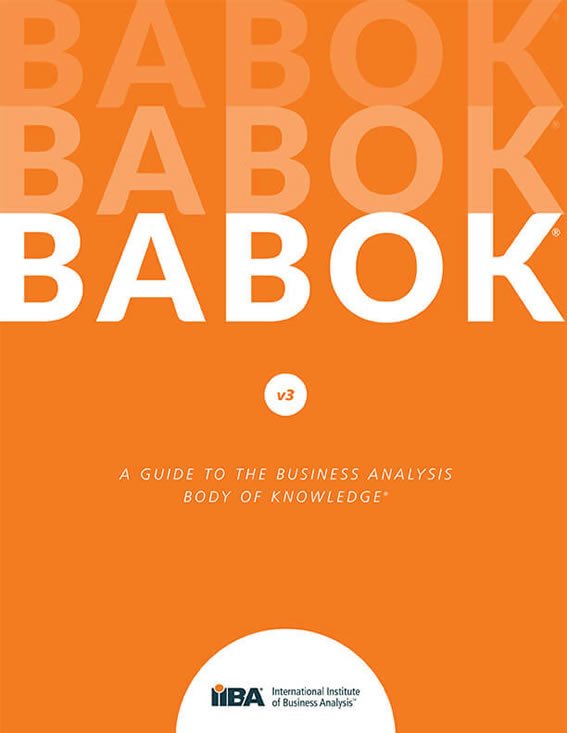
BABOK - A Guide to the Business Analysis Body of Knowledge
The IIBA standard for the practice of business analysis, this comprehensive guide details the six BA knowledge areas, describing the skills, techniques, and deliverables for each to enable practitioners to achieve better business outcomes.
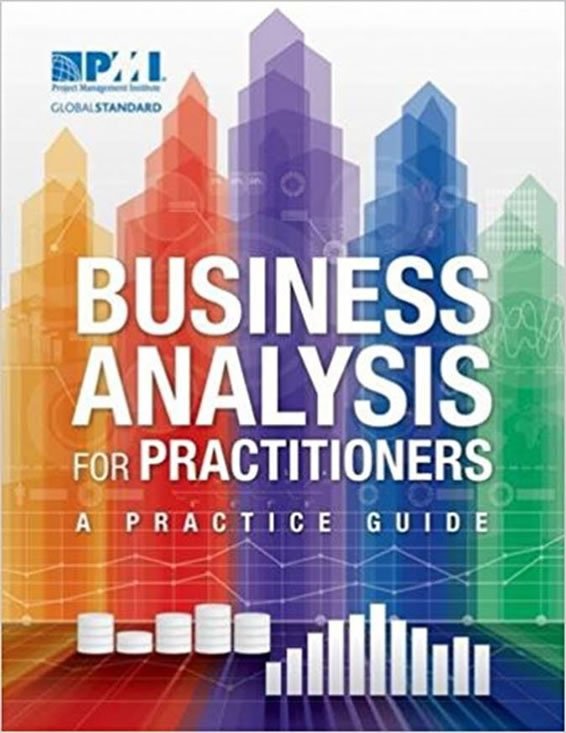
Business Analysis for Practitioners, a Practice Guide
This book from PMI provides practical resources to tackle project-related requirements and business analysis challenges. This guide covers BA skills, knowledge, and practical task-oriented guidance to help analysts effectively manage project/program requirements and scope.
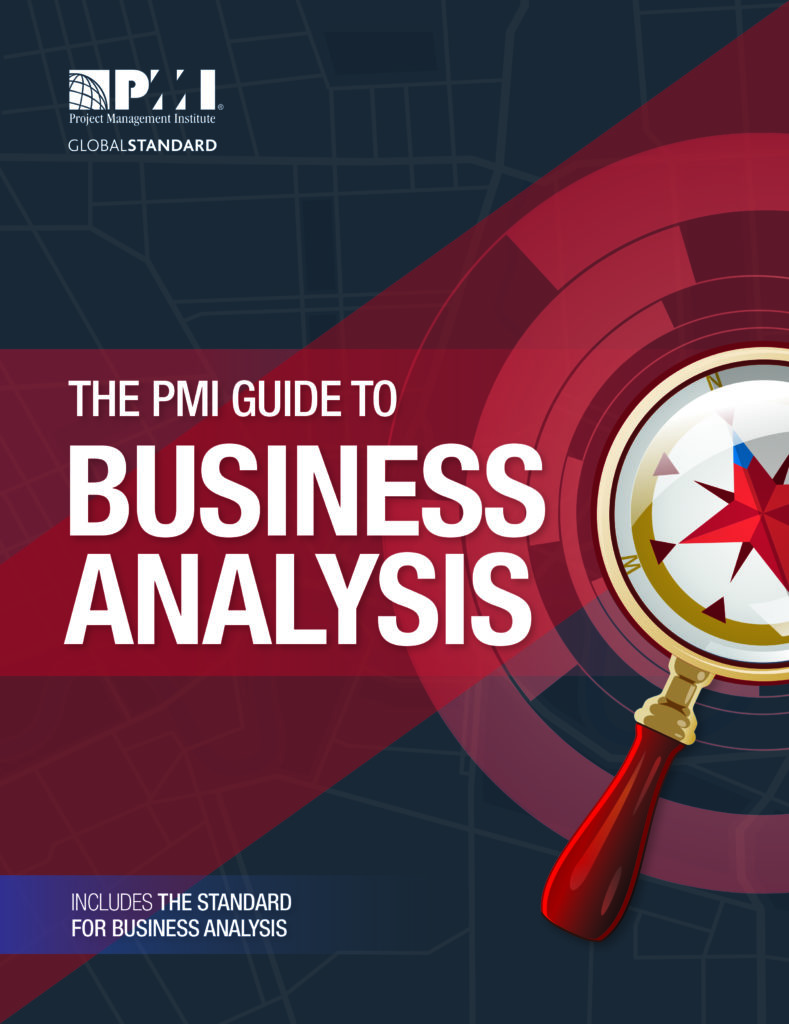
The PMI Guide to Business Analysis
The PMI standard for business analysis, this book aligns PMI’s project management and business analysis guidance. Focusing on the product design and definition process as it occurs in projects and programs, this process-based framework is a must-read for BA professionals.

